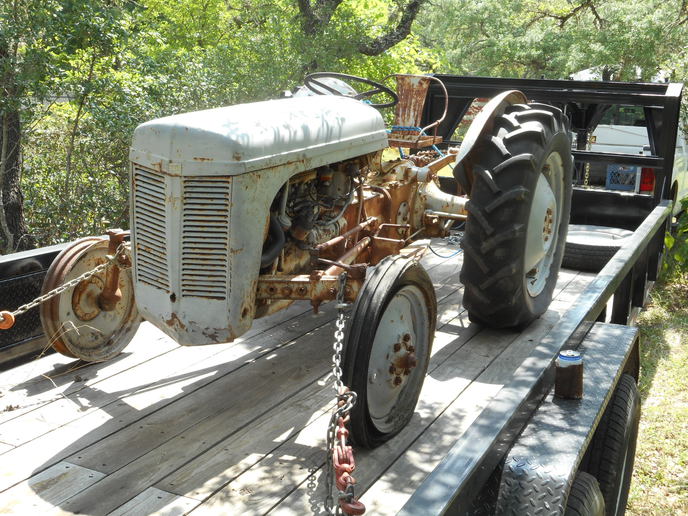Part Time Pete
Well-known Member
- Location
- Leatherstocking Region NY
JD Seller,
Over the weekend you posted about a way to isolate your vehicle charging system from your trailer while using the trailer pump. I think it was pretty much answered, but I thought a sketch might help.I think you could do it with a 12v two pole relay, with one normally open contact and one normally closed.
Pete

Over the weekend you posted about a way to isolate your vehicle charging system from your trailer while using the trailer pump. I think it was pretty much answered, but I thought a sketch might help.I think you could do it with a 12v two pole relay, with one normally open contact and one normally closed.
Pete


